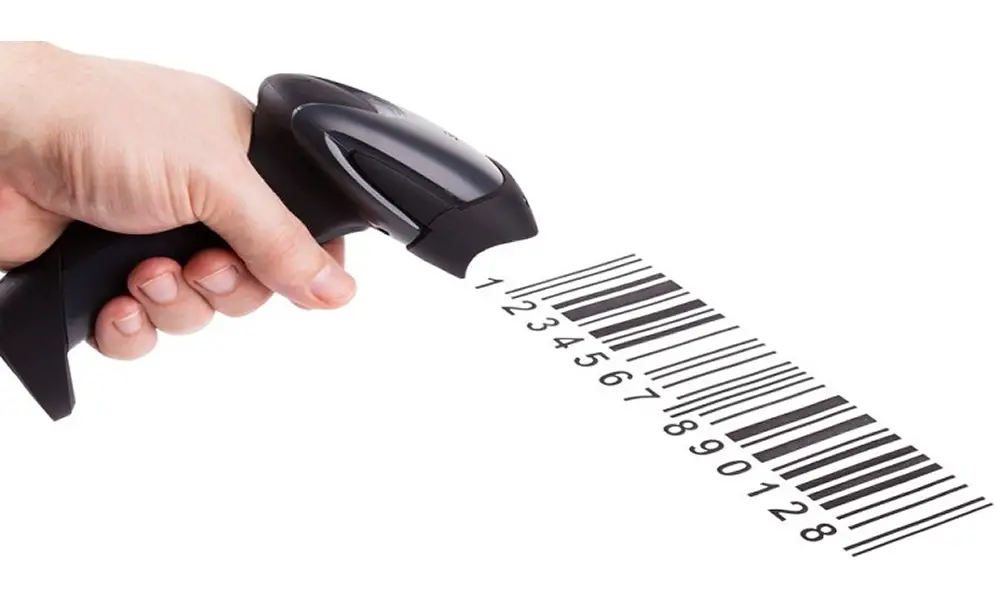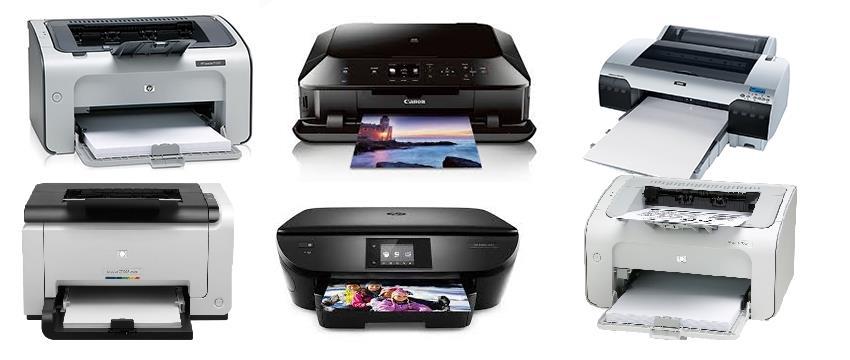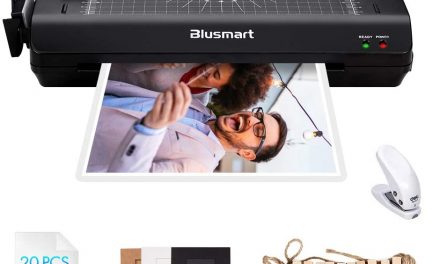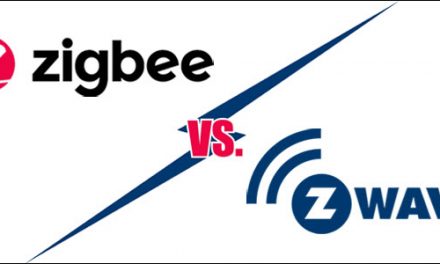A barcode is a machine-readable graphical representation of bars and spaces along with letters and numbers, the combination of which contains encoded data. The way the bars are arranged i.e. bar sizes, spaces in between, letters and numbers used is related to the particular data encoded. They are typically found on products sold by goods or service providers. Once a barcode is scanned it will reveal or return a comprehensive data set of a particular product. Barcodes can have information such as name, type, size, manufacturer, expiry date and so on. In this article we shall be discussing different types of barcode readers. A barcode reader is an input device. Our categorizations will be based certain attributes as follows.
Table of Contents
What is a Barcode Reader
A barcode reader is an optical scanner that can read printed barcodes, decode the data contained in the barcode and send the data to a computer. It’s also called a price scanner or point-of-sale ( POS ) scanner. Barcode readers can be connected to a computer using a serial port , keyboard port , or a wedge.
The Broad Categories
1 Dimensional (1D) Barcode Readers
These types of barcode readers scan 1 dimensional barcodes which are also known as linear barcodes. 1 dimensional barcodes can hold only a few characters. Typically, 1D barcode readers function only when there is a real time link to a database.
2 Dimensional (2D) Barcode Readers
2D barcodes can accommodate many more characters. Whether there is a real time connection to a database or there is none it does not matter. Some 2D barcode readers can even read 1D barcodes.
By Working Technology
Pen Barcode Readers
These are the cheapest barcode reader types on the market. They have an LED light plus a photodiode at the scanning end. When you move it across a barcode it is the LED light that lights up the barcode sequence. As that happens, the bars on the barcode reflect the light. The reflection angles will obviously differ because of the differences in how thick the bars will be and also their spacing. Those differences are noted by the photodiode which then converts the input into digital data. There are limitations in the use of this type of barcode readers. You have to be precise and steady (not too fast and not too slow) when passing it over the barcode. You also have to ensure that there is actual physical contact between the barcode reader and the surface where the barcode is. If you do not do all this immaculately then there will be errors.
Laser Barcode Readers
This is the commonly used type of barcode readers. Especially if you look at retail outlets, that is where they are mostly used. The working mechanism is somewhat similar to the pen barcode reader but with some variations. Instead of LED light, a laser beam is what is used here. There is a moving mirror inside the body of the barcode reader. When a barcode is brought near the scanning end the mirror moves across the length of barcode. The photodiode then takes note of the light that has been reflected and converts it to digital data. If you have been to several retail outlets you would have noticed that they can be held by hand or can be mounted. Sensitivities of this barcode reader type vary. Some can read barcodes from roughly 3 centimetres whilst can read barcodes from as far as 9 metres away.
Charge Coupled Device Barcode Readers
This type of barcode reader is characterised by great results but is also costly at the same time. Their design comprises numerous LED lights lined up in a straight line inside the frame. When reading barcodes the LED lights light up the barcode. As that happens the electrical charge of the reflected light is measured. Ultimately that is then converted to digital data. There are 2 key challenges in using this barcode reader type. One, you must hold the barcode reader roughly 8 centimetres from the barcode otherwise it will not be read. Two, in the event that the barcode is bigger than the surface area of the scanning end then it cannot be read.
Imager (Camera-Based) Barcode Readers
These types of barcode readers use a very elaborate working mechanism. They have a video camera built-in in its body frame. When reading a barcode the video camera takes a snapshot of the barcode. The analysis of the snapshot is then done using certain digital techniques to decode it. One of the remarkable characteristics of the imager barcode reader is the fact that you need to align or position it in any way. Whichever you read the barcode, even if its upside, will lead to accurate results. This is great for when the workload is plenty since you will not be pre-occupied with aligning or positioning the barcode reader a certain way.
By Operational Protocol
Fixed Barcode Readers
Fixed types of barcode readers operate whilst attached to a terminal. You probably have seen barcode reader types that are at a fixed position and barcode are actually in front of them. They most suited for applications such as point of sale (POS), where only one barcode at a time can be read. We are talking a point of sale where customers come to a cashier stationed at a particular spot that is also fixed.
Portable Batch Barcode Readers
The portable batch types of barcode readers operate in a unique way. With these ones you can do your scanning activities and later on transfer the data to a computer. They typically have LCD screens, keypads and run on batteries thus putting a wholly portable experience. Most are hand held but some are wearable.
Wireless Barcode Readers
You probably might wonder how these differ from the portable ones. Well, they do operate, for the most, in similar ways. The key difference is in that the wireless barcode reader types transfer data to a computer in real time. Some of the wireless barcode readers have instant messaging and data applications that facilitate real time telecommunication. This creates a highly efficient system where high levels of productivity can be attained.
Given the various ways in which barcode readers are made or function, settling for just one is not that easy. That is why some individuals or businesses might purchase several different types of barcode readers.





